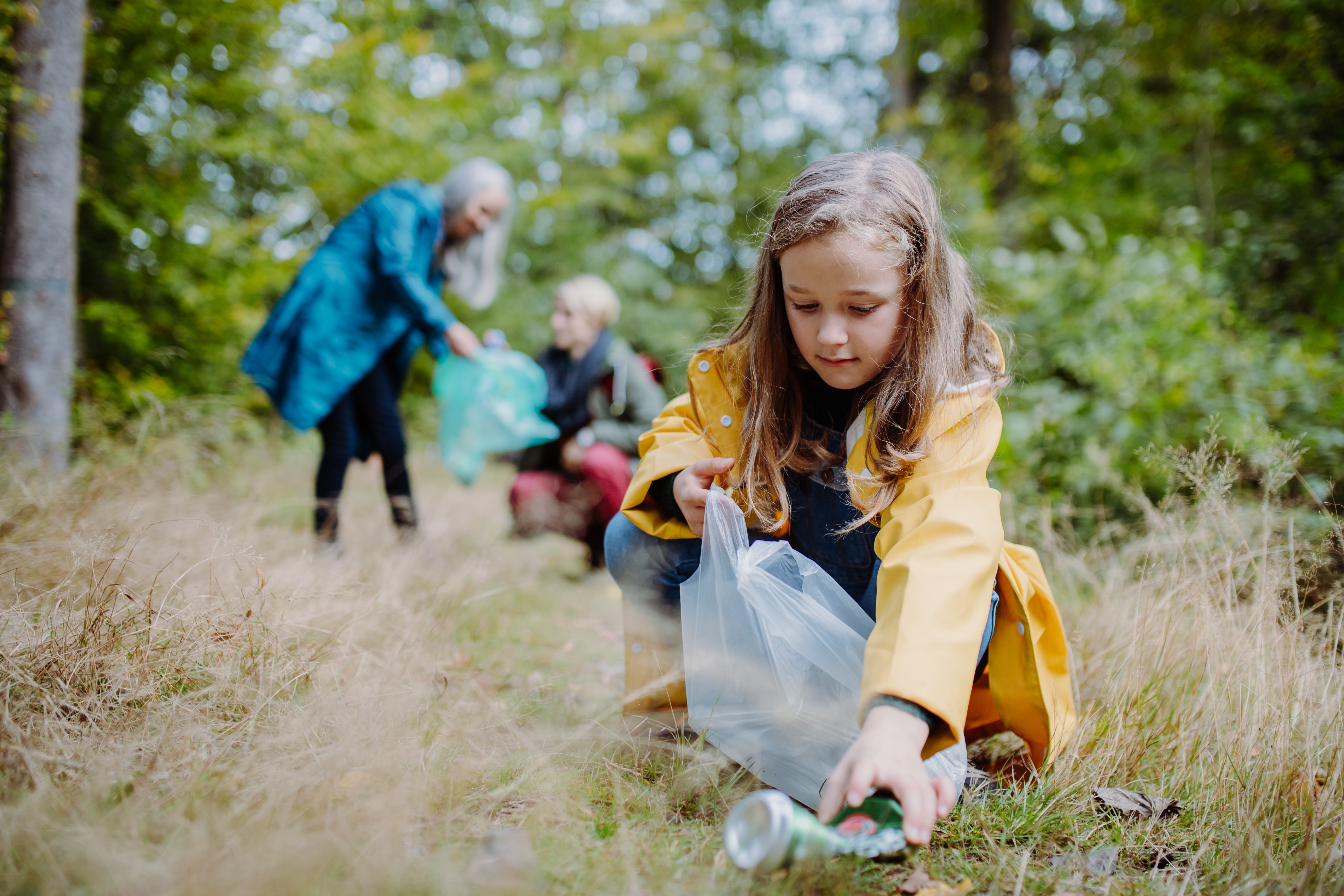
How to Teach Kids to Live Sustainably
As you embark on your camping adventures with your kids, you have the opportunity to teach them meaningful skills that will ensure the beauty of the great outdoors.
Teaching sustainability to kids aims to reduce our negative impact on the environment and promote social and economic well-being. It’s a holistic approach that takes into account the interconnectedness of our actions and their consequences for the planet and its people.
As parents and educators, it’s our responsibility to teach our children about sustainable living and empower them to make eco-friendly choices.
Why Teaching Sustainability Matters
Teaching kids about sustainability is important for several reasons:
– It helps them understand their impact on the planet. Children need to understand how their actions, such as littering or wasting water, can have negative consequences for the environment.
– It helps them develop empathy. By learning about the impact of their actions on others, children can develop empathy and a sense of responsibility towards the planet and its people.
– It empowers them to make a difference. When kids learn about sustainable practices, they feel empowered to make a difference. They may start recycling, reducing their waste, or even getting involved in environmental activism.
What is Sustainability for Kids?
Kids who know how to embrace eco-friendly practices know how to live in harmony with the planet and its people. It’s about making choices that reduce our impact on the environment, such as conserving water, saving energy, and recycling. It also involves understanding the importance of social and economic well-being, and how our actions can affect others.
1 – Set up a recycling station in your home and teach kids how to sort materials correctly.
2 – Repurpose containers for storage or crafts.
Teach about Reusing and Recycling
One of the easiest ways to teach kids about sustainability is to teach them about reusing and recycling. Show them how to sort their trash and explain why it’s important to do so. You can also make a game out of it by having them sort through a pile of trash and guess what each item can be reused or recycled into.
Grow Your Own Food
Growing your own food is a great way to teach kids about sustainability and where their food comes from. Even if you don’t have a lot of space, you can grow a few herbs or vegetables in a pot on your windowsill.
1 – Start a small garden with easy-to-grow vegetables or herbs.
2 – Teach kids about the benefits of local and seasonal produce.
Create a Compost Bin
Composting is a great way to reduce waste and help the environment. Kids can help you collect kitchen scraps and yard waste to add to the compost bin. They can also help you turn the compost and learn about the science behind it.
1 – Collect food scraps, leaves, and other organic materials to create a compost bin.
2 – Explain how composting reduces waste and improves soil quality.
Repurpose and Upcycle Objects for Crafts
Repurposing and upcycling are great ways to reduce waste and be creative. Kids can help you turn old objects, such as empty food containers or cardboard boxes, into new and useful items.
1 – Transform old clothes, cardboard boxes, and other discarded materials into new items.
2 – Highlight the value of creativity and reducing waste.
Visit a Recycling Center
Visiting a recycling center can help kids learn about the process of recycling and why it’s important. They can also see how different materials are sorted and processed.
1 – Schedule a field trip to a local recycling center.
2 – Learn about the recycling process and the importance of proper disposal.
Go on Nature Hikes
Nature hikes are a great way to get kids outdoors and teach them about the environment. Point out different plants and animals and talk about how they interact with each other.
1 – Explore local parks or natural areas, observing plants and wildlife.
2 – Teach kids about biodiversity and environmental conservation.
Go on a Camping Trip
Camping is a great way to teach kids about sustainability and how to live in harmony with nature. They can learn about Leave No Trace principles and how to camp without leaving a negative impact on the environment.
1 – Spend time outdoors, learning basic survival skills.
2 – Discuss the minimal impact of camping practices and leave-no-trace principles.
Turn Picking Up Litter Into a Game
Picking up litter is a great way to help the environment and teach kids about sustainability. Turn it into a game by challenging them to pick up as much litter as they can in a certain amount of time.
1 – Organize a neighborhood clean-up activity.
2 – Make it fun by turning it into a scavenger hunt or awarding prizes.
Volunteer for Eco-friendly activities
Volunteering for eco-friendly activities is a great way to teach kids about sustainability and how they can make a difference in their community. They can help clean up a local park, plant trees, or work at a food bank.
1 – Participate in beach clean-ups, local tree planting events, or environmental initiatives.
2 – Instill a sense of community responsibility and teamwork.
Teaching kids to live more sustainable lives is an ongoing process that empowers them to make choices that benefit the planet. Encouraging sustainable habits at a young age creates a foundation for environmentally responsible behavior and a more sustainable future.

